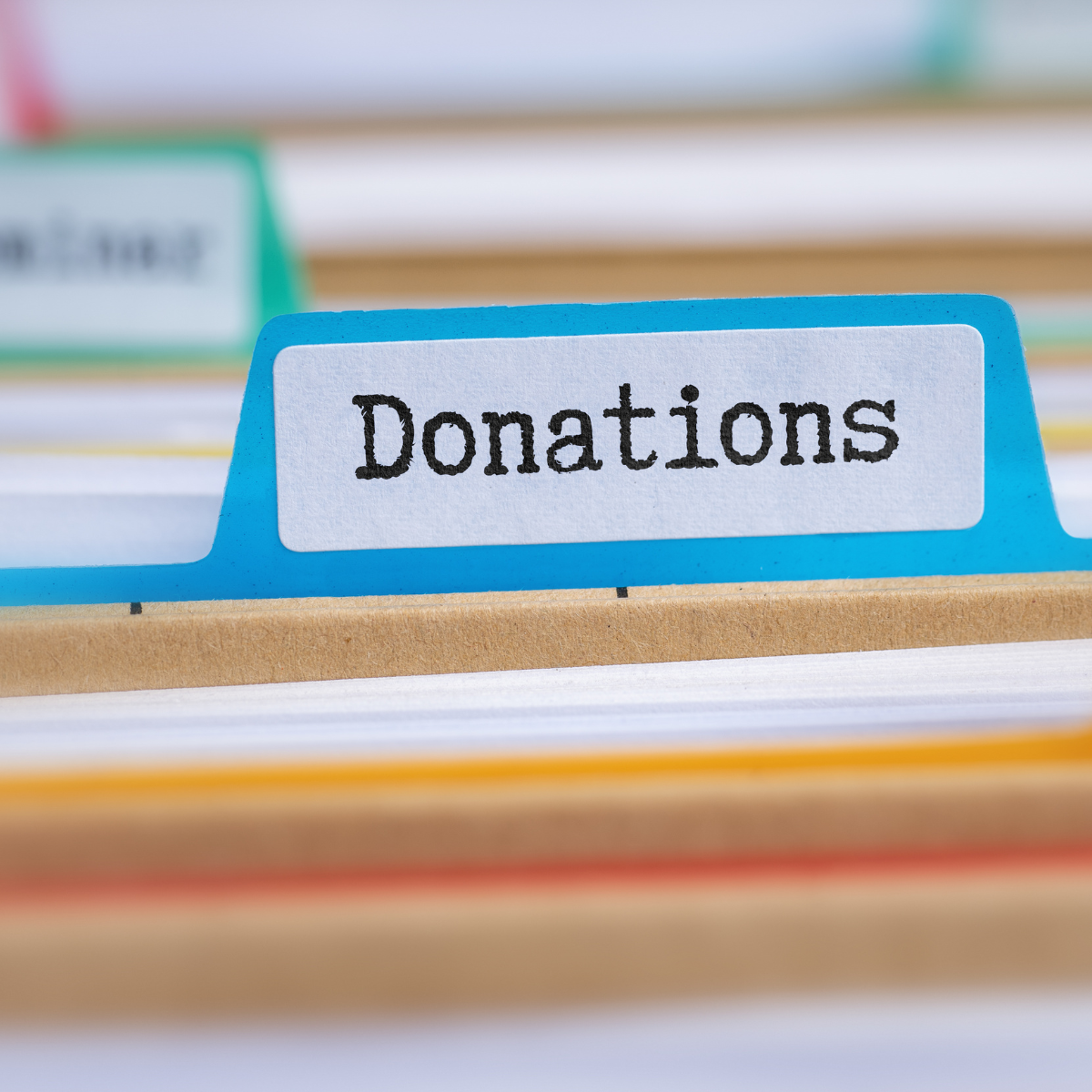The Paycheck Protection Program (PPP) has been a lifeline for thousands of businesses and organizations in the U.S. since its inception in the CARES Act by providing much needed funds to keep people employed and businesses afloat. Nonprofits have benefited from this program as well since much of their funding has been up in the air with cancelled fundraising events. However, nonprofits taking advantage of this program have run into unique circumstances and challenges that other industries have not had to face when it comes to calculating loan forgiveness amounts, and it’s generating many questions for borrowers.
The key to forgiveness for nonprofits is understanding how your unique structure affects your forgiveness and preparing a thorough and accurate forgiveness application. Here are some tips for understanding how the PPP uniquely affects nonprofits as well as the necessary documentation you’ll need to obtain maximum loan forgiveness.
Tips for nonprofits with PPP loans
Know how to account for your PPP funds – The AICPA has provided technical guidance on how nonprofits should account for PPP funds with two options: either as debt or conditional contribution. All organizations have the option to choose the ‘debt’ approach, and some organizations may wish to do so (it can impact the timing of revenue recognition). Consult with your CPA to see if the debt option is right for you. Most will choose the forgiveness/conditional contribution.
Document, document, document – It goes without saying that documentation is the key to all PPP loan forgiveness regardless of industry. However, nonprofits have faced especially unique challenges when it comes to reaching maximum payroll costs for forgiveness. The 24-week extension helped broaden the scope to capture payroll funds, but nonprofits will need to provide precise payroll cost documentation to ensure the maximum forgiveness amount.
Watch your double-dipping – If nonprofits have expenses paid with other government funds, they will not be permitted to double-dip and pay those expenses with PPP funds. It’s a good idea to bifurcate your expenses in your general ledger so all PPP-funded expenses are separate from other government expenses.
Understand how your year-end comes into play – Nonprofits with calendar year-ends should have an easier time with PPP loan accounting because it lines up with the program. However, nonprofits with mid-year year-ends may find that funding spans two fiscal years which creates a challenge. It’s a good idea to get your accountant and legal team involved to see how funds play into your overall picture.
Play the year out – If your nonprofit typically relies on several or large live events for funding, you’ll want to assess several different scenarios with your accountant to play out how your year will look without any, or only some, of your key events. Virtual events can help fill some gaps but be sure to account for a different level of funding than normal. This will help you plan better for the future.
Account for transaction changes – If you’ve cancelled events and requested attendees consider their ticket as a donation, you’ll need to account for that change in your records as it affects your tax treatment. Work with your accountant to ensure any new fundraising strategies you choose are properly documented.
Protect your employees – Working virtually is the best option for many organizations right now, and continuing this practice helps to protect your employees and their families. Now is the time to invest in cloud-based software and electronic documentation retention if you haven’t already.
PPP forgiveness documentation for nonprofits
1. Basic up-to-date contact information.
2. Average monthly payroll costs – 2020 IRS Forms 941 that include the covered period, employment tax return reports that include gross wages for each employee, state and local employer taxes, average number of FTEs during the covered period and the corresponding period in 2019.
3. Employee benefit costs – Documentation with costs paid for all health care benefits including insurance premiums not including employee withholdings. Documentation for all retirement plan funding paid by the organization including funding for all employees/company owners not including employee withholding.
4. FTE employee details – This includes names, monthly eligible compensation, annual salaries prorated for the month, and annual cash compensation. If nonprofit employers had to lay off employees and were unable to rehire them by Dec. 31, 2020, or employees were terminated or left and were unable to be replaced by Dec. 31, 2020, that should be noted as well. Employees who were terminated for cause, resigned, or refused to be rehired will not necessarily impact loan forgiveness, but documentation of the cause for dismissal, resignation documents, and/or attempts to rehire should be documented in the PPP forgiveness support
5. Proof of non-payroll expenses – This includes mortgage or rent, mortgage interest, utilities, and vehicle loan/lease documentation for vehicles owned by the organization.
6. Articles of incorporation/organization – This includes nonprofit formation/established date.
7. Proof of ownership for owners over 20% – This applies to nonprofits whose loan included funds for a for-profit subsidiary. These documents can include 2019 or 2018 Schedule K-1s (2018 if ownership changed), 2019 or 2019 Form 1040 Schedule Cs (2018 if ownership changed), 2019 Form 1065, and bylaws and operating agreements stating ownership percentages. Also have handy the current government-issued photo ID, each owner’s TIN, EIN or SSN, and email addresses for owners over 20%.
8. Proof of Active and Good Standing from your secretary of state.
9. Completed SBA PPP application form.
10. Voided check for e-transfer information.
Achieving maximum forgiveness for your nonprofit’s PPP loan is essential. We can help you account for the various challenges you face and prepare your forgiveness application. Reach out for assistance.
419-625-4942
Sandusky
419-668-2552
Norwalk
Treasury Circular 230 Disclosure
Unless expressly stated otherwise, any federal tax advice contained in this communication is not intended or written to be used, and cannot be used or relied upon, for the purpose of avoiding penalties under the Internal Revenue Code, or for promoting, marketing, or recommending any transaction or matter addressed herein.
 Home
Home Sign In
Sign In Make a Payment
Make a Payment Search
Search











